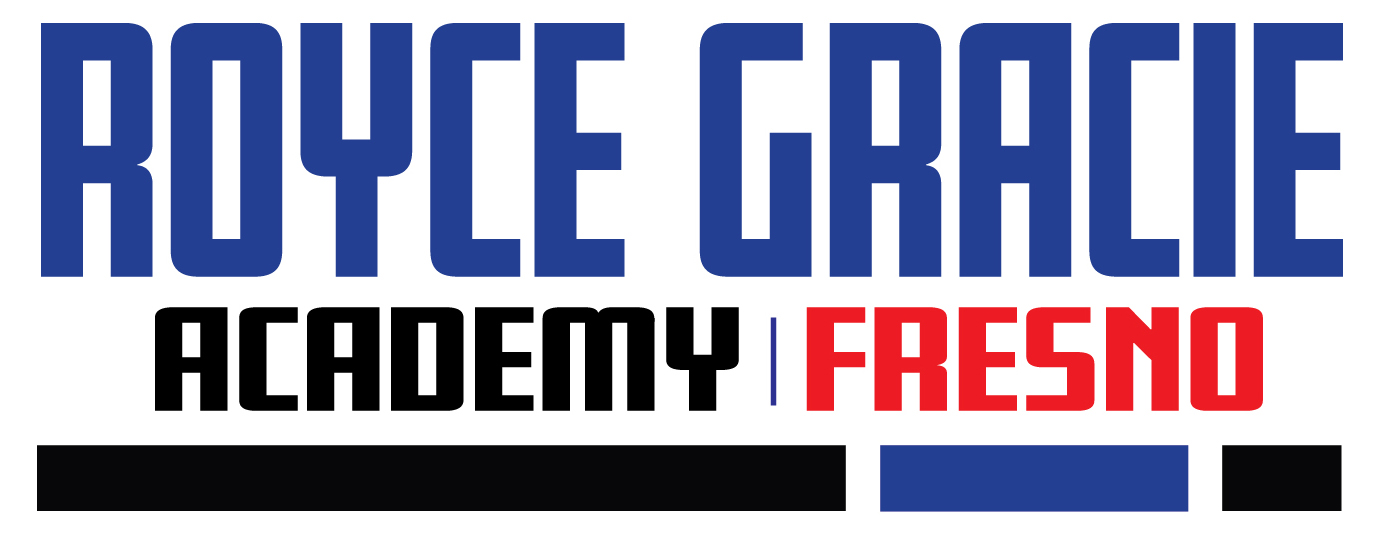
About Our Academy
Rooted in tradition, driven by purpose. Discover who we are.
Our Mission
Our mission is to help students become the best version of themselves through authentic self-defense training in a clean and positive environment. We are committed to upholding the complete art of Gracie Jiu-Jitsu as practiced by Grandmaster Helio Gracie, with techniques developed through a direct lineage from the samurai warriors of feudal Japan.
The Royce Gracie Academy Experience:

Our classes are structured to maximize safety and learning. Our Certified Instructors personally oversee every class to ensure that every lesson is safe, productive, and positive. It’s how we create an environment where students can push themselves while supporting each other.
Cleanliness is part of our culture. Our mats and facilities are maintained to the highest standard, so you can train with confidence. Whether you’re a parent watching your child grow or an adult stepping on the mat for the first time, you’ll find an environment designed to help you succeed.
-
Safety first approach – techniques taught step by step with instructor supervision
-
Respectful culture – no egos, no unsafe behavior, everyone helps each other grow
-
Clean, well-maintained academy – mats and common areas are regularly sanitized




